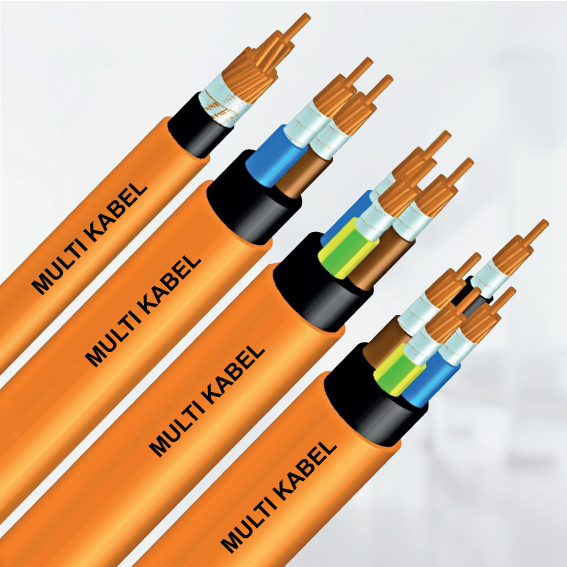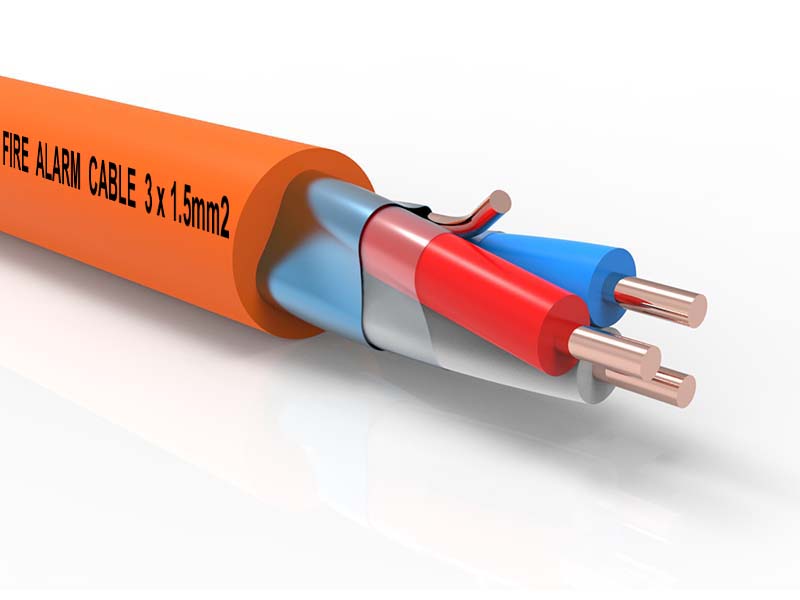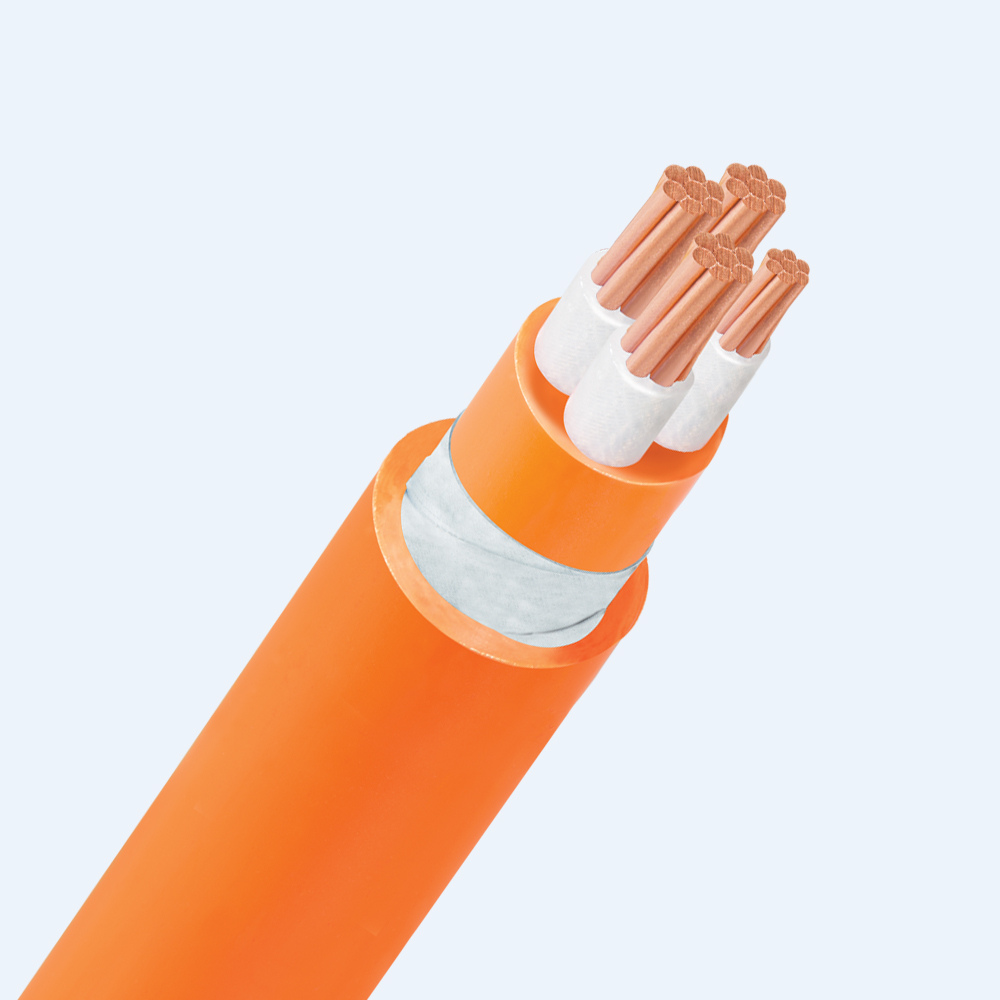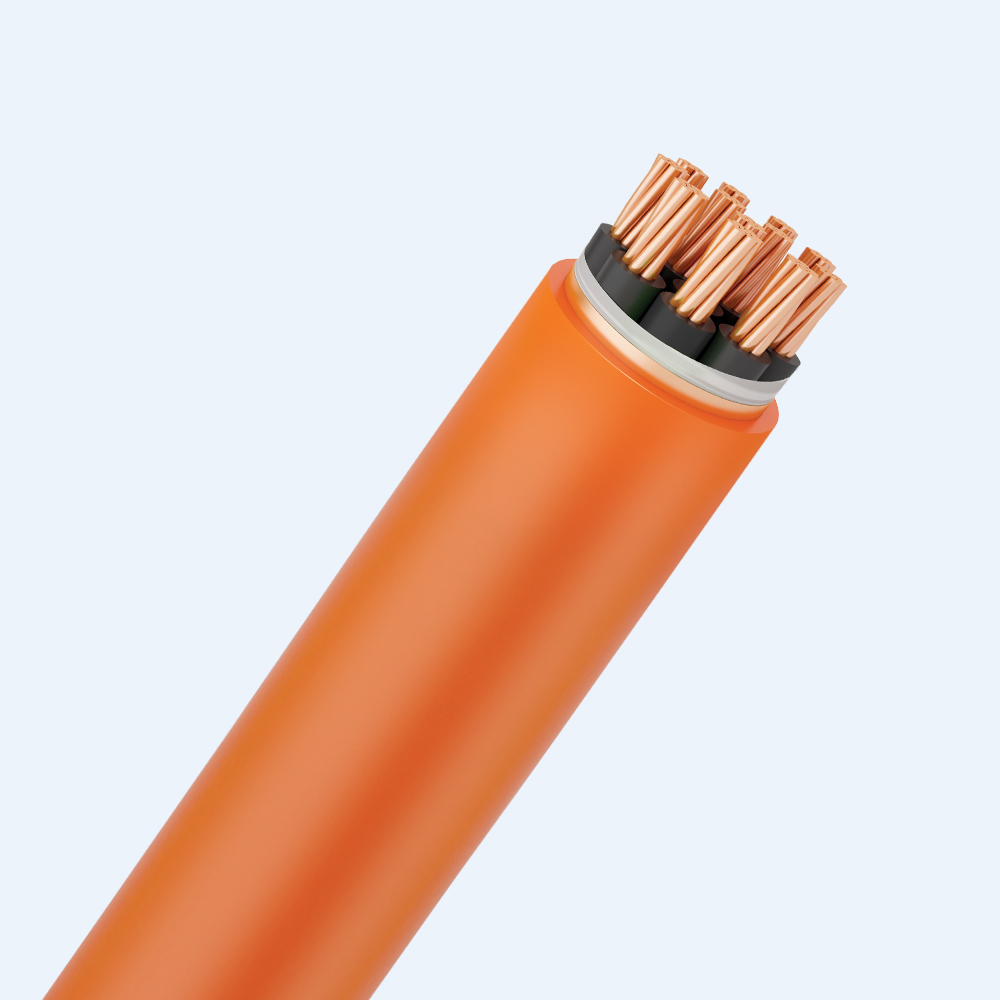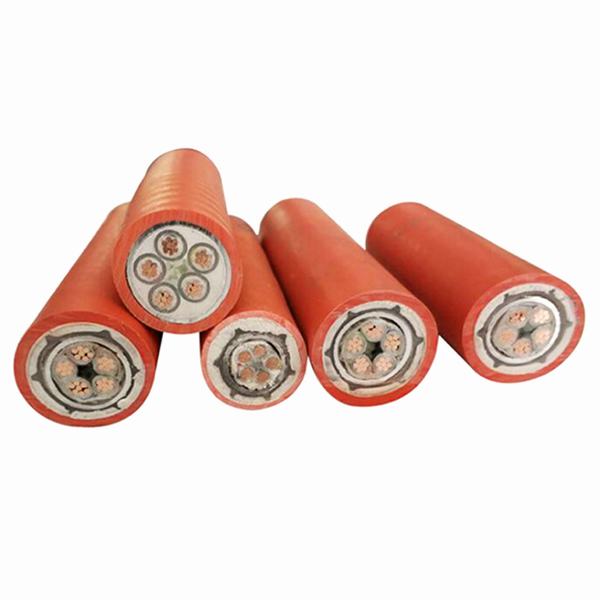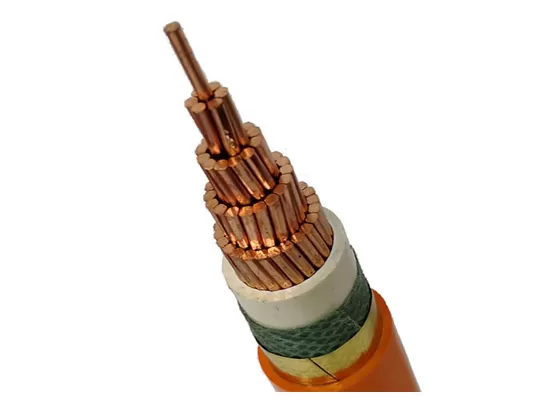Description
Fire-Resistant LSZH HV Cable: Protecting Lives and Infrastructure
In today’s increasingly complex and densely populated world, the safety of critical infrastructure is paramount. One crucial aspect of this safety is ensuring the reliability and fire resistance of the high-voltage (HV) cables that power our grids, industries, and essential services. That’s where Fire-Resistant Low Smoke Zero Halogen (LSZH) HV cables come in as a vital solution.
These specialized cables are designed to not only transmit high-voltage electricity efficiently but also to minimize the risks associated with fire, offering enhanced safety for personnel and minimizing damage to surrounding equipment and buildings.
Understanding the Threat: The Dangers of Traditional Cable Fires
Traditional cables, typically insulated with PVC (Polyvinyl Chloride), pose significant fire hazards. When ignited, they release thick, black smoke that obscures visibility, hindering evacuation efforts. More critically, burning PVC releases toxic and corrosive gases, including hydrogen chloride (HCl). These gases can:
- Suffocate and incapacitate individuals: Making it difficult for people to escape the fire.
- Corrode electronic equipment and structural components: Leading to costly damage and operational downtime.
- Create long-term health risks: Even after the fire is extinguished.
LSZH: A Safer Alternative
LSZH materials represent a significant advancement in cable technology, specifically engineered to mitigate the dangers associated with cable fires. Here’s what makes them superior:
- Flame Retardancy: LSZH cables are formulated to self-extinguish and resist the propagation of flames. This helps contain the fire to its source and prevents it from spreading rapidly.
- Low Smoke Emission: In the event of a fire, LSZH cables produce minimal smoke, significantly improving visibility and facilitating safer and faster evacuation.
- Zero Halogen Content: Unlike traditional PVC cables, LSZH materials do not contain halogens (like chlorine, fluorine, bromine, and iodine). This eliminates the release of corrosive and toxic halogenated gases during combustion.
Benefits of Fire-Resistant LSZH HV Cables
The advantages of using Fire-Resistant LSZH HV cables are substantial and far-reaching:
- Enhanced Safety: Minimizing the release of toxic fumes and improving visibility during a fire directly contributes to the safety of personnel and emergency responders.
- Reduced Damage: By limiting the spread of flames and eliminating corrosive gases, LSZH cables minimize damage to sensitive electronic equipment and structural components, reducing downtime and repair costs.
- Environmental Protection: The absence of halogens reduces the environmental impact of a fire, minimizing the release of harmful substances into the atmosphere.
- Compliance with Regulations: Many building codes and safety standards are increasingly requiring or recommending the use of LSZH cables, particularly in areas with high occupancy or critical infrastructure.
- Increased Reliability: While offering superior fire safety, LSZH HV cables maintain the high-performance characteristics required for reliable power transmission, ensuring a consistent and dependable energy supply.
Applications of Fire-Resistant LSZH HV Cables
Given their exceptional safety characteristics, Fire-Resistant LSZH HV cables are ideal for a wide range of applications, including:
- Tunnels and Underground Networks: Where smoke and toxic gases can quickly become trapped and pose a significant hazard.
- High-Rise Buildings: Ensuring the safety of occupants and minimizing damage to internal systems.
- Hospitals and Healthcare Facilities: Protecting patients and maintaining essential medical equipment functionality.
- Data Centers and Telecommunications Infrastructure: Safeguarding critical data and communication networks from fire damage.
- Industrial Plants and Factories: Protecting personnel, equipment, and production processes.
- Public Transportation Systems (Railways, Subways): Ensuring the safety of passengers and maintaining operational efficiency.
Conclusion: Investing in Safety and Reliability
Fire-Resistant LSZH HV cables represent a crucial investment in safety, reliability, and environmental protection. By mitigating the risks associated with cable fires, these advanced cables safeguard lives, minimize damage, and ensure the continuous operation of critical infrastructure. As safety regulations become more stringent and awareness of the dangers of traditional cables grows, the adoption of Fire-Resistant LSZH HV cables is becoming increasingly widespread, marking a significant step towards a safer and more resilient future. When it comes to high-voltage power transmission, prioritize safety and choose LSZH for peace of mind and long-term protection.
